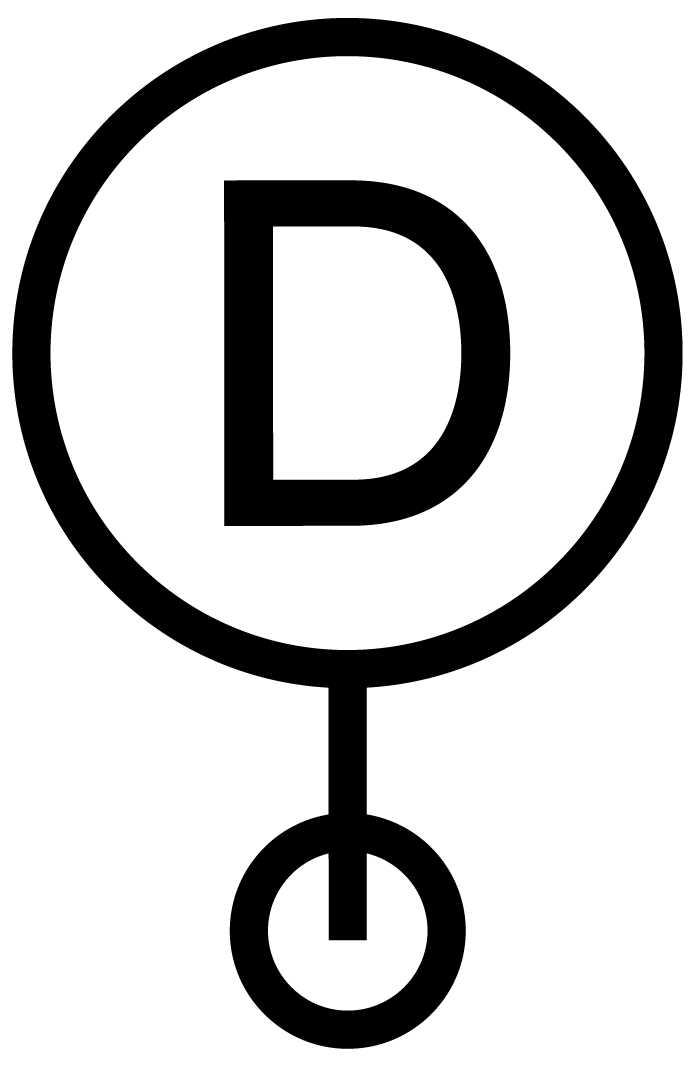Distrkt's Sustainability Policy 2022
Sustainability, Environment ↓
Distrkt’s Sustainability Policy 2022
Distrkt Sustainability Plan 2022
What is sustainability?
“Sustainability is an approach to design and development that focuses on environmental, social, and financial factors that are often never addressed.” — Nathan Shedroff
Sustainability focuses on efficient and effective solutions that are better for society and the environment by promoting the following actions:
Decrease of carbon footprint
Reuse
Recycle
Reduce over-consumption
Diversity
Decentralization and more
Many of these aspects are already practiced by Distrkt and should be leveraged.
Why Should Distrkt Care?
Despite the high levels of urban development and economic growth worldwide, the true costs of growth have been unaccounted for in today’s models. Humans reached a critical point in time where, without proactive action, it will challenge our way of life. We need to start taking accountability for the cost that our development has on the environment. If we do so, we can create a sustainable future and - with a little innovation and intelligence - continue living in a clean world.
As a mission driven company, Distrkt is already creating solutions for the future, where 66% of the world population will be living in major cities by 2050. As a part of our vision, we’re looking to help cities find solutions and build infrastructure for the upcoming urban population growth.
In addition to creating enough space for everybody, there are more critical issues that will touch the world population, that we could help to resolve:
CO2 and Global Warming
We are experiencing the highest historical carbon dioxide levels in the past three glacial cycles spanning 400,000+ years, a major contributor to global warming.
According to NASA, this will create:More frequent wildfires
Longer periods of drought in some regions
An increase in the number, duration and intensity of tropical storms
Reduced agricultural yields
Health impacts in cities due to heat, and more
Clean Energy
Fossil fuels are a non-renewable resource. They are one of the main sources of greenhouse gas emissions which contribute to global warming.
Water
Due to absorbing increased levels of carbon dioxide since the industrial revolution, oceans are becoming more acidic . This affects the marine life and can affect the food chain that we also depend on.
Only 1% of freshwater is easily accessible to people and we are mismanaging this finite resource through pollution and waste. Freshwater shortage will become an increasingly pressing issue with our strong population expansion.
During the last decades, generations were busy industrializing our society without the requirement to consider the full-cycle impact of production and consumption.
The property industry is becoming more aware of these issues and feel a responsibility towards resolving them. Distrkt is in a great position to increase this awareness further.
Strategy & Next Steps
Communicate our commitment to sustainability internally – by the Founders and other executives in smaller forums.
Employees should feel that it’s a part of the company's agenda and not just a “nice to have”. It would make employees feel that they have a “permission” to act.
Evaluate the existing situation with sustainability
Distrkt is already intentionally or unintentionally taking care of some sustainability aspects. We should track them so we can create a baseline and potentially collect the knowledge from different locations to share it with others.
Celebrate internally the achieved goals & start communicating externally
At this point, we should be comfortable to start a low-key external communication on the website and experiment on how it affects business growth.
Improve low-visibility aspects (Appendix 1)
Our commitment should go further to the issues that are not necessarily visible to our customers (like working with fair trade vendors).
Communicate externally
In parallel with the previous point, we should feel comfortable presenting Distrkt as a sustainable solution or at least with a concrete commitment towards being sustainable.
Appendixes
Appendix 1 – Low visibility issues — sustainability improvement opportunities
Waste:
How to
Paper
Make sure we recycle paper
Explore options to use less wasteful techniques of printing (promote using two sides of the paper, use A4 over A3 etc.)
Plastic
Allow plastic recycling
E-waste
Allow recycling e-waste (which is toxic if not recycled)
Can be partnering with recycle vendor or just providing information about waste collecting spots.
Batteries
Allow to recycle batteries
Daily waste
Check if there are additional areas of recycling we can cover (glass, packages etc.)
Daily operations:
Electricity use
Make sure we use A/Cs effectively
E.g. turn A/C off automatically at 9pm until someone turns it on proactively
Use motion detectors more to turn off lights when not needed
Printing paper
Use recycled paper for printing
Food deliveries
Explore if we can make food deliveries less wasteful
Encourage employees to eat outside over ordering food to reduce waste.
Kitchens
Blanket ban on single use plastics in the office
Have more non-disposable appliances to encourage employees to use it instead of plastic cutlery
Mail/Packages
Explore how we can encourage employees to use green delivery methods (bikes, ground transportation over air shipping)
Events
Prefer sustainability-friendly vendors.
Charity work
Aim to complete quarterly charity work for charities supporting the hospitality industry and its employees (Suppher, SFTS)
Offices daily operations:
Cleaning appliances
Make sure kitchen appliances aren’t using toxic ingredients which pollute the water or employees’ health
Offices appliances/amenities:
Water sinks / showers
Integrate a water measurement & conservation system
Using reusable hand towels rather than paper towels
Electronics
TVs that are more energy-saving
What brands are the most sustainable from the production perspective (materials, supply chain)
Ways to recycle broken computers and TVs
Offices inventory:
Furniture
Take action to research and select environmentally and socially responsible producers, and also create a management strategy for the ethical and environmentally-friendly disposal of old furniture.
Donate any furniture which is no longer needed to charity

